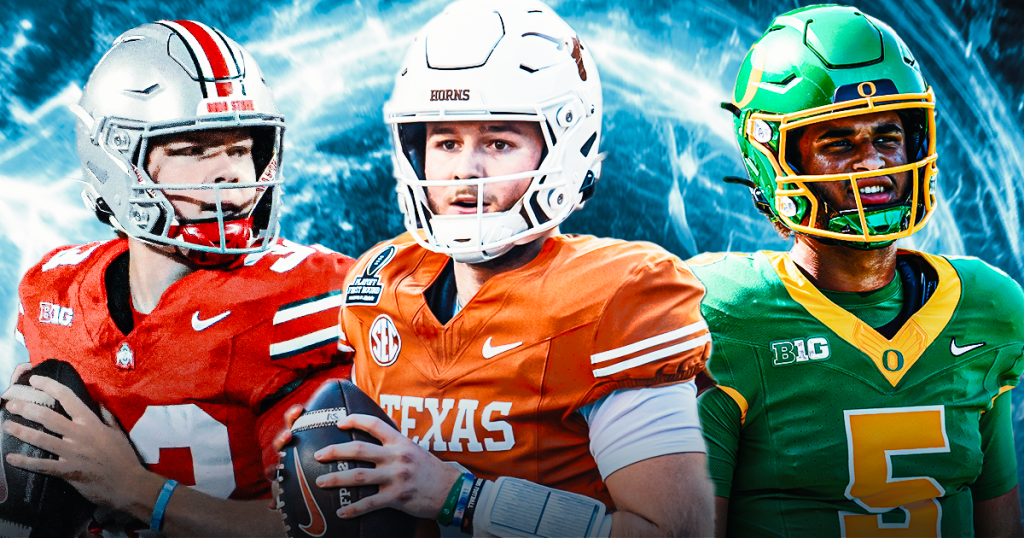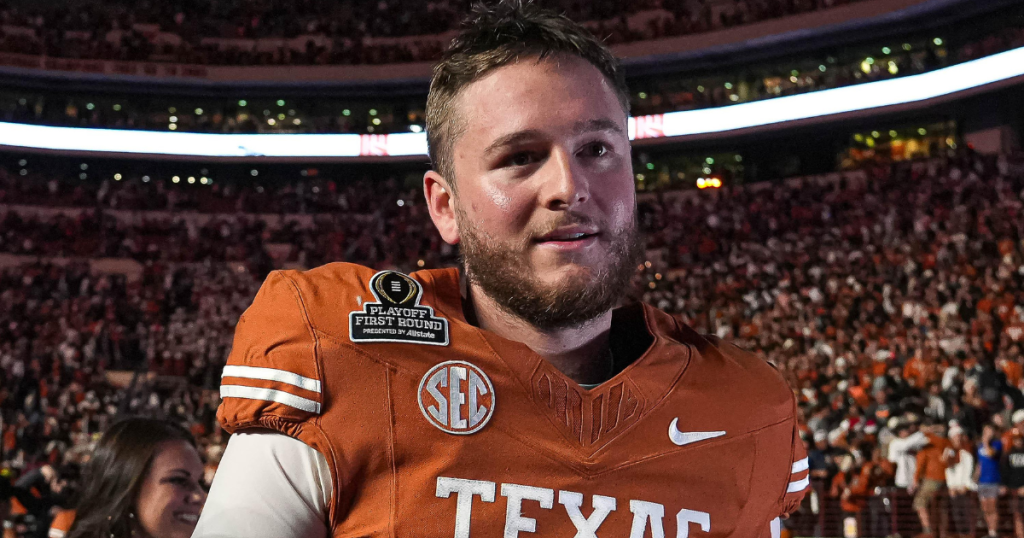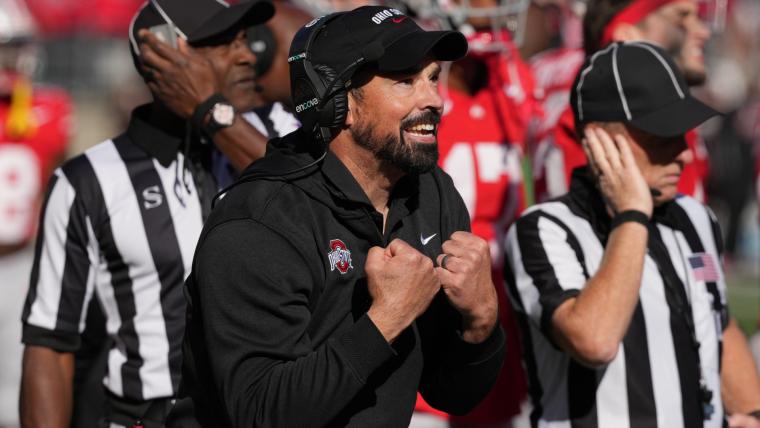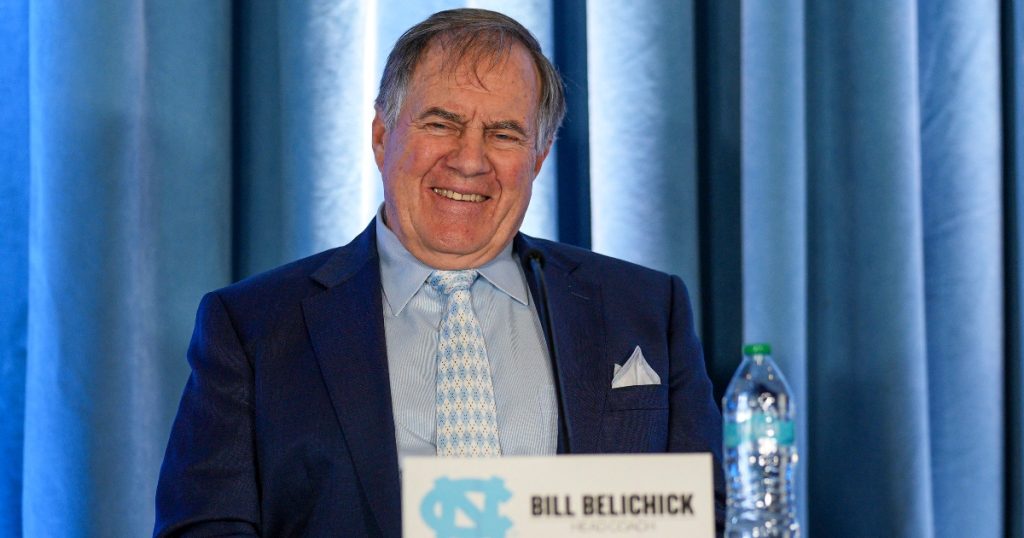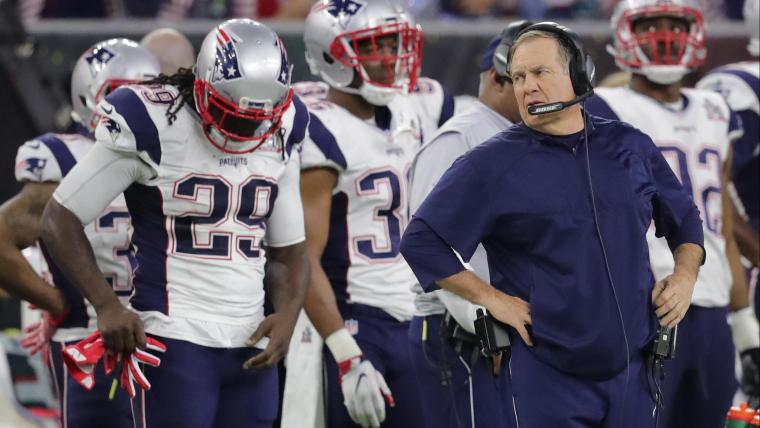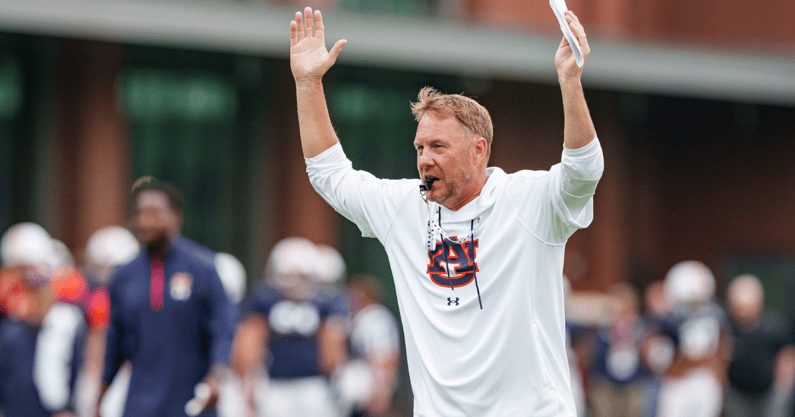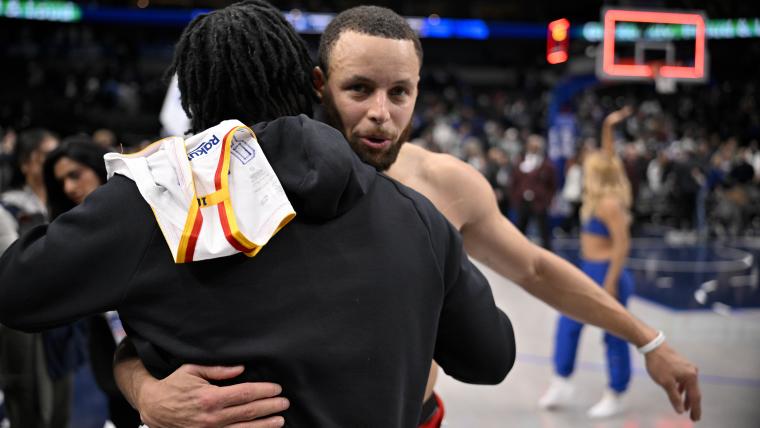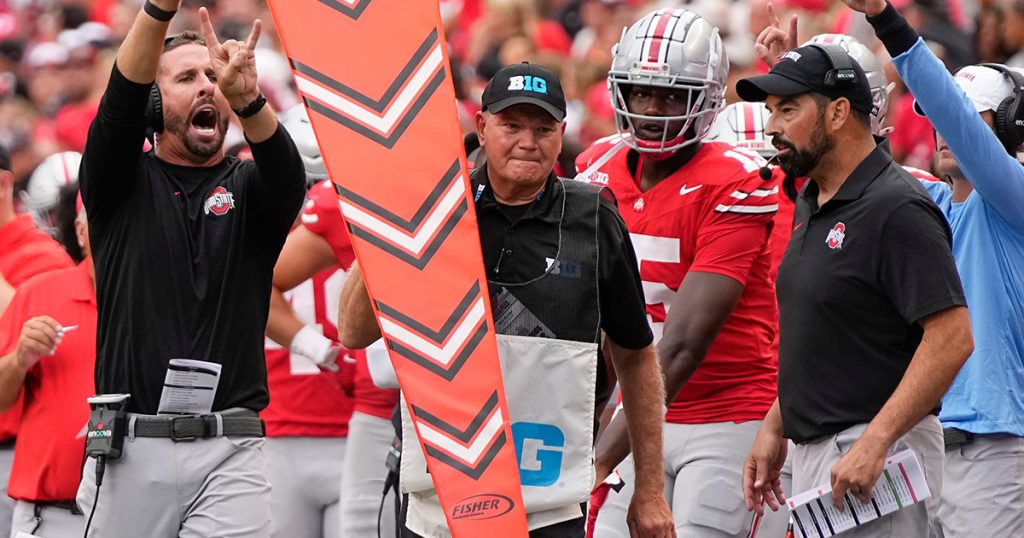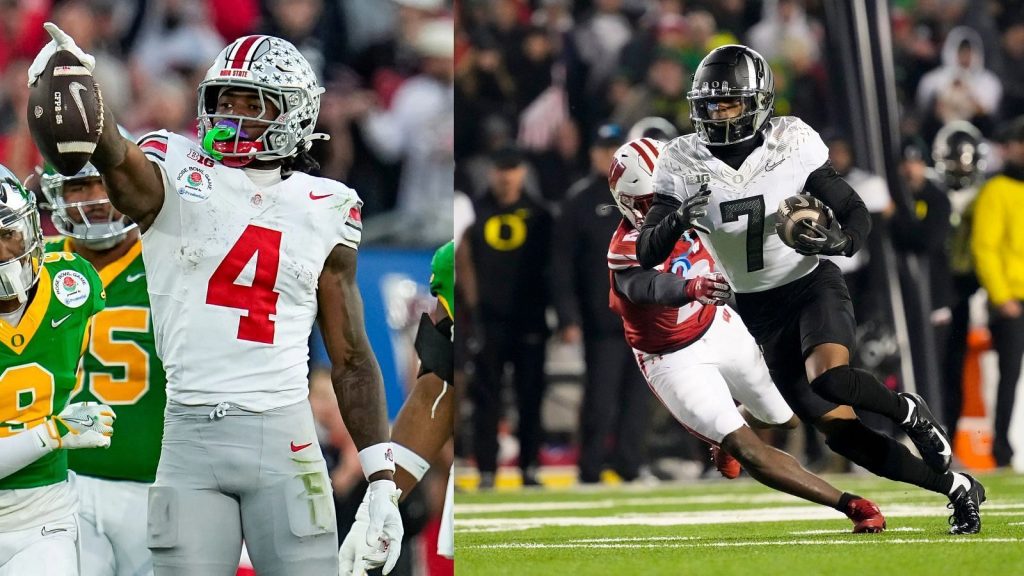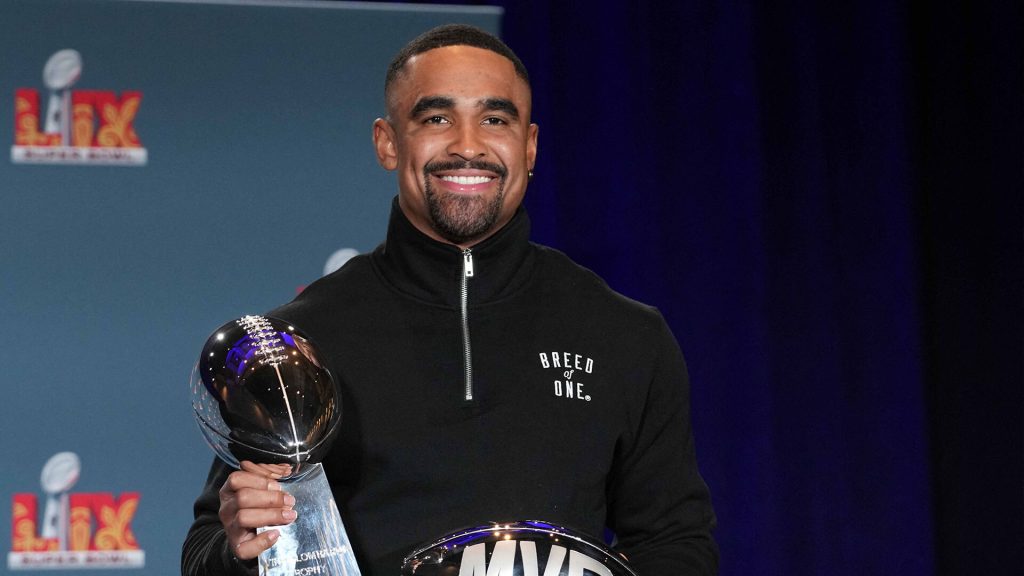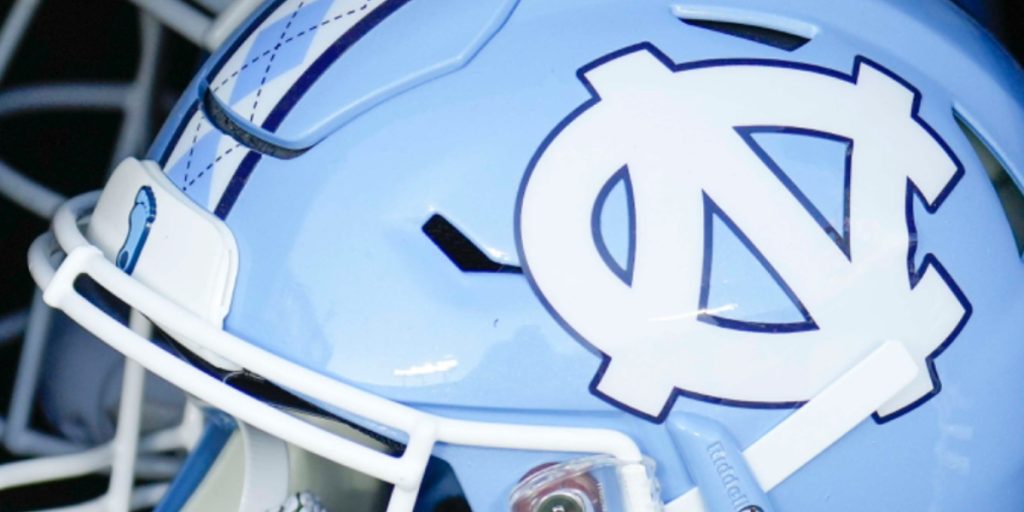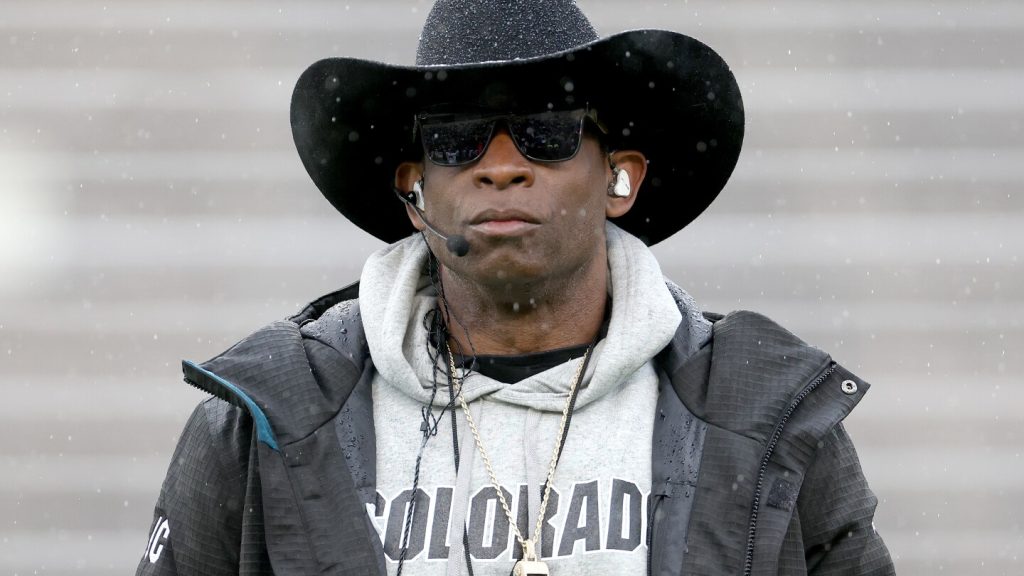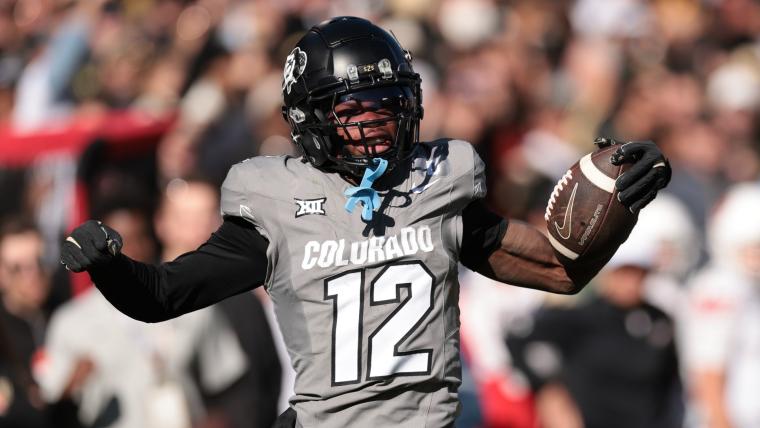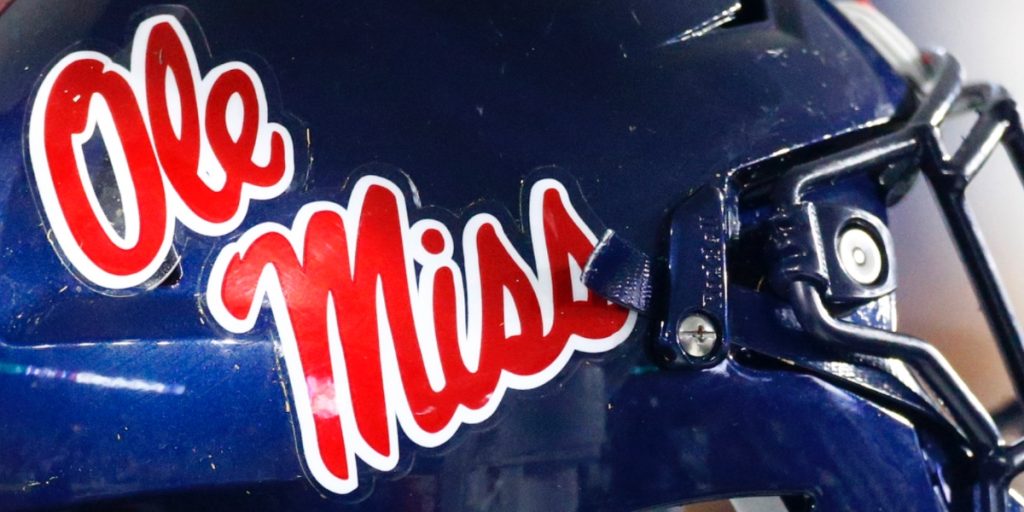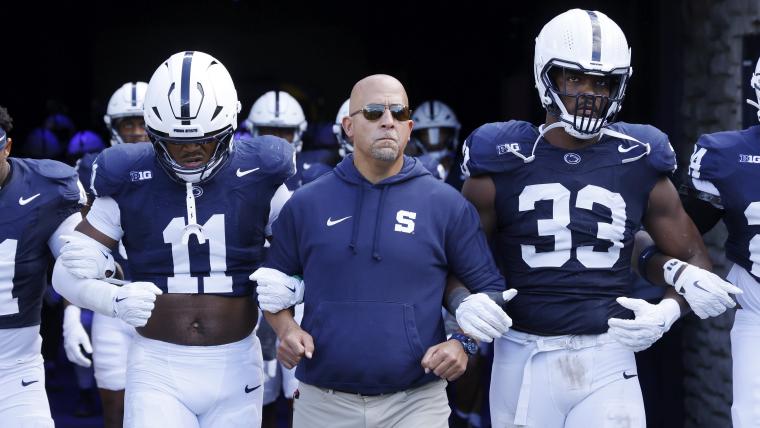In the ever-evolving landscape of college football, the pursuit of top-tier quarterback recruits has become a fierce battleground. Coaches across the nation are scrambling to secure these coveted athletes, and for good reason. A quarterback can be the heartbeat of a team, influencing not just game outcomes but also the future of a program. With the stakes higher than ever, the question looms: why is keeping a top-50 quarterback recruit more challenging than it has ever been?
Why keeping a top-50 quarterback recruit has never been more difficult
The competition is relentless. Every year, a new crop of high school quarterbacks emerges, showcasing their skills on social media and in highlight reels. With platforms like Twitter and Instagram, these athletes can gain national attention faster than ever before. This visibility makes it easier for colleges to scout talent, but it also means that more programs are vying for the same recruits. In 2023, there were over 1,200 quarterbacks listed in the recruiting databases, but only a handful are truly elite.
Furthermore, the rise of the transfer portal has added another layer of complexity. Players are no longer bound to their initial commitments. If a quarterback feels they aren’t getting the playing time they deserve, they can transfer to another school, often without sitting out a year. This fluidity can disrupt recruiting plans, as programs must constantly adapt to the shifting landscape. Coaches are now faced with the challenge of not only recruiting high school talent but also keeping their current players satisfied and engaged.
The impact of NIL deals
Another significant factor is the introduction of Name, Image, and Likeness (NIL) deals. These agreements allow athletes to profit from their own branding, and they have transformed the recruiting game. Top recruits are now considering financial opportunities as a major factor in their decisions. Programs that can offer lucrative NIL deals have a distinct advantage, and this has led to a bidding war for the best talent. In 2022 alone, it was reported that college athletes earned over $600 million through NIL agreements. This staggering figure highlights the importance of financial incentives in recruiting.
But what does this mean for coaches? They must not only sell their program’s vision and culture but also navigate the complexities of NIL negotiations. This can be overwhelming, especially for those who are used to focusing solely on football. The pressure to secure top recruits is immense, and the stakes have never been higher.
The role of social media
Social media plays a pivotal role in the recruitment process. Recruits are more connected than ever, sharing their highlights and engaging with fans and coaches alike. This constant interaction can create a sense of urgency for programs. Coaches must stay active on these platforms to maintain visibility and build relationships with potential recruits. A single tweet or Instagram post can sway a recruit’s decision, making it crucial for programs to be on their A-game.
Moreover, recruits are also influenced by the opinions of their peers. They often look to current players and alumni for guidance. If a top recruit sees their favorite player thriving at a particular school, they may be more inclined to follow suit. This ripple effect can significantly impact recruiting classes, as players often want to be part of a winning culture.
Building relationships
At the heart of successful recruiting is the ability to build genuine relationships. Coaches must invest time in getting to know recruits and their families. This personal touch can be the difference between landing a top recruit and watching them sign with a rival program. In a world where athletes have countless options, a strong connection can make all the difference.
Programs that prioritize relationship-building often see greater success in retaining their recruits. This means that coaches must be prepared to put in the effort, attending high school games, hosting recruits on campus, and maintaining open lines of communication. The more a recruit feels valued and understood, the more likely they are to commit and stay committed.
The pressure of expectations
With all these factors at play, the pressure on recruits is immense. Top-50 quarterbacks are expected to perform at a high level from day one. This expectation can be daunting, leading some to reconsider their commitments. If a recruit feels they can’t live up to the hype, they may look elsewhere, adding another layer of uncertainty for coaches.
Programs must create an environment where recruits feel supported and encouraged. This means providing resources for mental health, academic support, and on-field development. The best programs recognize that their recruits are not just athletes; they are young adults navigating a challenging transition. By fostering a supportive culture, programs can help alleviate some of the pressures that come with being a top recruit.
In summary, the landscape of college football recruiting is more competitive than ever. The combination of increased visibility, the transfer portal, NIL deals, and the influence of social media has made retaining top-50 quarterback recruits a daunting task. Coaches must adapt to these changes, focusing on relationship-building and creating supportive environments. As the game continues to evolve, one thing remains clear: the pursuit of elite talent is a thrilling, albeit challenging, aspect of college football. The excitement of landing that top recruit can set a program on a path to greatness, but it requires dedication, strategy, and a genuine commitment to the athletes themselves.

